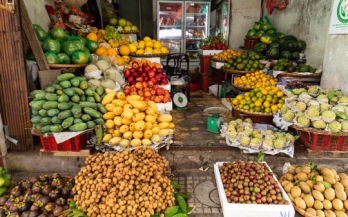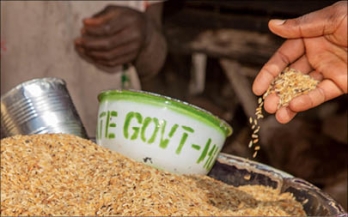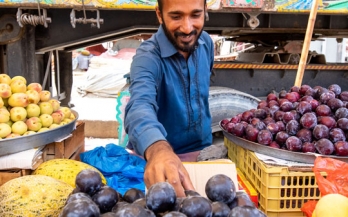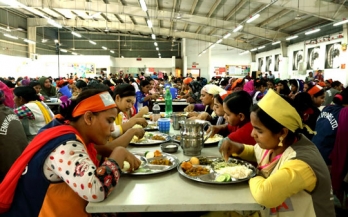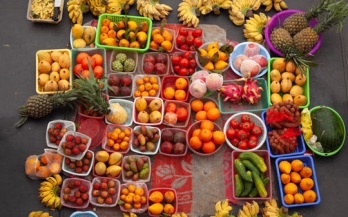- 14/10/2021
Understanding urban specific contexts and food system challenges during the pandemic is the first step towards the co-design of policy options. Between December 2020 and April 2021, GAIN conducted a mixed method Rapid Needs Assessment of the urban food system in Machakos and Kiambu (Kenya), Beira and Pemba (Mozambique), and Rawalpindi and Peshawar (Pakistan).
- 20/09/2021
Designed to inspire EatSafe team members’ creativity and imagination prior to and during the EatSafe Intervention Sprint, this tool described the features, benefits, and enabling infrastructure of over 100 consumer-first food system innovations using Human Centered Design.
- 20/09/2021
EatSafe reviewed existing normative guidelines that could be used by governments and other enabling organizations to promote safer food in traditional markets.
- 29/09/2021
Understanding urban specific contexts and food system challenges during the pandemic is the first step towards the co-design of policy options. Between December 2020 and April 2021, GAIN conducted a mixed method Rapid Needs Assessment of Machakos and Kiambu (Kenya), Beira and Pemba (Mozambique),) and Rawalpindi and Peshawar (Pakistan).
- 09/08/2021
As the importance of national level information on dietary intakes in low- and middle-income countries is increasingly recognized; reliable methods, tools and guides to support the compilation of quality food and nutrient intake data are needed. In general, guidance on how to adequately prepare for a dietary survey prior to embarking on data collection is scarce.
- 09/08/2021
Understanding the rapidly changing situation for vendors in traditional markets and the consumers that rely on these markets can provide vital information for determining what is needed to ensure the availability of affordable, safe, nutritious food during the COVID-19 pandemic.
- 09/08/2021
This study aimed to do something that had not been done before: apply business case thinking to worker nutrition programmes in supply chains, using a structured and systematic approach. The study extended the definition of "business case" beyond financial returns on investment to cover a broad range of possible motivations for companies and sectors to invest in nutrition in their supply chains.
- 09/08/2021
There are many complex and political challenges faced by companies working with large and diverse supply chains. For the cocoa sector, child labour, attaining a living income and deforestation are often seen as the most urgent. However, one area that affects productivity, profitability and reputation but is relatively easy to solve is workers’ nutrition.
- 29/07/2021
In January 2021, GAIN published its latest report "Business Accountability for Better Nutrition" listing concrete ways to improve business accountability by using a number of existing reporting tools to assess business impact on nutrition
- 30/06/2021
EatSafe evaluated the regulatory and policy landscape for food safety in Nigeria at the national and regional levels, which included an assessment of existing regulations and resulted in recommendations for strengthening implementation.
